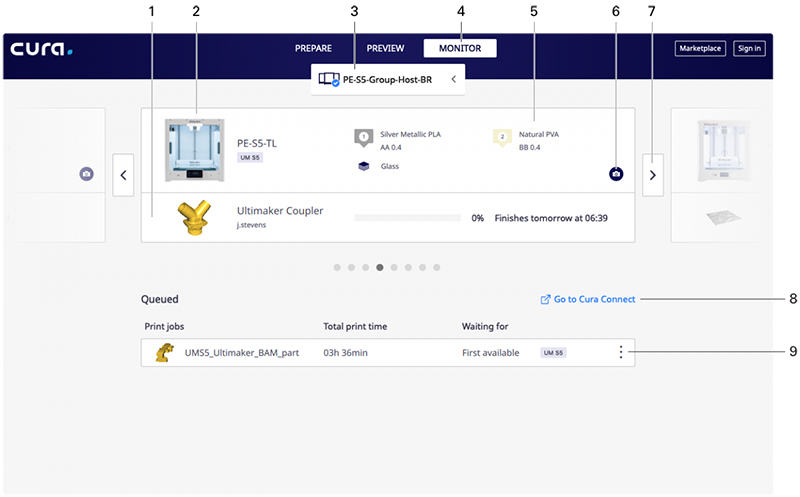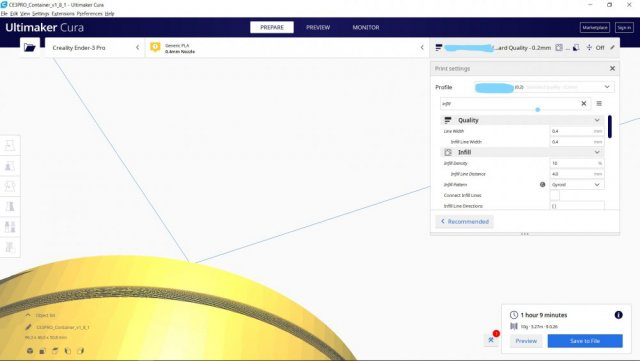
This filters the exhaust air of every print and also improves build temperature stability. It now includes an integrated Air Manager.

The UltiMaker S7 is built on the success of the UltiMaker S5 and its design decisions were heavily based on feedback from customers. I've done a lot of research on the Internet but found nothing.
Ultimaker com software ultimaker cura how to#
It connects successfully, I can communicate with CuraEngine socket, but I don't know how to load an STL and send a "Slice" command and output the generated GCODE. What I am doing is executing "CuraEngine socket 127.0.0.1:8080" (or other port) and connecting to it with Java and LibArcus library. So I kindly ask you guys if you can provide me with any code example of correct way of using CuraEngine with socket option. Also, I did not find any message types that allow me to load an STL file (as the CuraEngine "-l" argument does) neither to output a GCODE (as "-o"). With approach number 01 I can generate GCODEs, but they end up being malformed, a lot bigger in file size and there is also a limitation on the number of "-s" parameters I can send through command line, thus bringing unsatisfiying results.Īpproach number 03 is not very reliable, as it depends on how the app window is located on screen, resolution and other factors, although is the best way considering GCODE generation.Īpproach number 02: I could successfully connect to CuraEngine socket through Java and LibArcus, but the only Google Protocol Buffers message I am able to send to CuraEngine is of "Progress" type. I have tried basically these three approaches:ġ) Calling CuraEngine as a command line process.ģ) Controling Cura GUI with a third part automation software.


through the use of a computer programming language. I have been trying to do some automation regarding slicing STL files to convert them to GCODE programmatically, i.e.


 0 kommentar(er)
0 kommentar(er)
